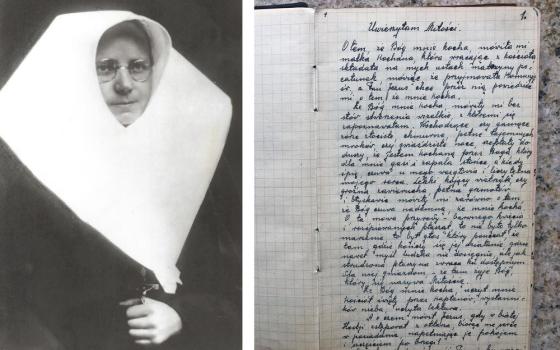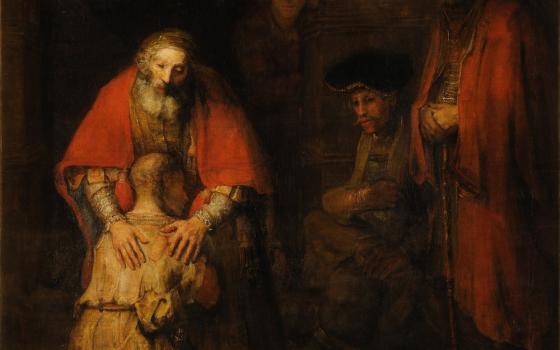Childhood memories of Columbus Day hold for me a slight shiver of anxiety mixed with a bit of ethnic pride. The anxiety of that era had nothing to do with the horrors that were wrought, I later learned, in the wake of our hero discoverer. It had everything to do with the dual expectations of parents and nuns.
You see, during the years (late 1950s) I attended St. Aloysius Elementary School in Pottstown, Pa., the local Knights of Columbus Chapter, which occasionally held dances for Catholic youth on Saturday nights, also sponsored an annual Columbus Day Quiz.
The competition was among several of the Catholic schools in the region, each of which was allowed to send representatives to the final competition from various grade levels.
In my school, what preceded the final competition, as I recall, were weeks of questions posed in class, in an annual elimination. The few who survived those rounds got to dress up in our Sunday best and head out on the Sunday nearest the holiday to be grilled by a lawyer of Italian lineage – Matthew Santangelo – who claimed some distant connection to someone having something to do with Columbus’s travels. It was enough that the nuns wanted a trophy (do your best, they said, of course, and they were always very kind when my best didn’t bring home the gold) but this grandson of Italian immigrants was also quite aware of the Italian pride thing that was part of it. The short of it is, I made it to the final competition year after year, but always faltered in the final rounds.
One of the latter years I was eligible, my mother (she rests in peace), little schooled but understanding the value of study, took me down to the most distinctive bookstore in town at the time, the Heritage Book Shop as I recall, and went in and said to the clerk, “I want the best book about Columbus.” The clerk knew exactly the book that fit that description and quickly selected the then-popular “Christopher Columbus, Mariner,” by the esteemed Harvard historian Samuel Eliot Morison.
I was made to read the thing, aloud, in the evenings, sitting at one end of a a dreary brown sofa. The idea behind that forced march, I presume, was that reading it aloud would somehow inscribe the details into my brain and not allow for daydreaming or dozing off that would have occurred had I been left to my own, quiet devices.
I can’t recall how many chapters I actually droned through. I know that for years, for probably latent sentimental reasons, I kept carrying the book through a variety of moves, briefly vowing each time I unpacked it that I would someday finish the thing with an appreciation I could not have had as a youngster. I’ve never managed to uphold that vow, and the book is now long gone.
However, I did come across a reference to it in historian Howard Zinn’s “A People’s History of the United States,” which takes a decidedly unflattering view of Columbus and his exploits. Zinn, as a way of showing how history told by the conquerors or beneficiaries of the conquerors can often skirt unpleasant realities, notes that Morison dusts off the atrocities against indigenous people that accompanied Columbus’s conquests in the Americas in one sentence: “The cruel policy [of enslavement and killing] initiated by Columbus and pursued by his successors resulted in complete genocide.”
What Morison was saying in his lengthy treatise on Columbus was that his subject was a hell of a sailor who happened to occasion “complete genocide,” but there was no reason to speak about that troublesome bit of the picture.
I recalled that today while reading an engaging treatment of Columbus and his times published in The Boston Globe by a writer of elegant prose, columnist and author James Carroll. Read it here.



